A small piece of pottery, only about 2.5cm in size, bearing an ancient cuneiform inscription about 2,700 years old, was discovered during an archaeological excavation near the Western Wall - north of the City of David.
This is the first and only discovery to date of an Assyrian inscription from the First Temple period (8th-7th century BC) in Jerusalem.
This rare discovery was made during an excavation by the Israel Antiquities Authority, in collaboration with the City of David Foundation, directed by Dr. Ayala Zilberstein.
The excavation took place at the Davidson Archaeological Park in Jerusalem. The inscription was deciphered in collaboration with Dr. Filip Vukosavović, Dr. Anat Cohen-Weinberger (IAA) and Dr. Peter Zilberg (Bar-Ilan University).
The pottery fragments were found during wet screening at Emek Tzurim National Park - a joint project between the Israel Nature Parks Authority and the City of David Foundation.
Finding such a historically valuable artifact in a scientific archaeological excavation eliminates the possibility of forgery - which often happens when artifacts are acquired on the antiquities market.
Pottery fragments were found in soil washed into the city's central drainage canal from the Second Temple period (about 2,000 years ago).
It is likely that this layer originated from the collapse of a First Temple-period structure, in an area that no longer retains a later drainage system – thereby allowing access to older layers.
The excavation site is located on the eastern slope of Jerusalem's Western Hill, one of the closest western sites to the Temple Mount to where First Temple remains have been found in their original context – making the find all the more valuable for understanding the political and urban development of the period.
According to Dr. Ayala Zilberstein, director of the excavation, the inscription is direct evidence of official correspondence between the Assyrian Empire and the Kingdom of Judah.
“This discovery strengthens our understanding of the extent of the Assyrian presence in Jerusalem and the profound influence they had on the political activities of the Kingdom of Judah,” he said. “It also reflects the importance of the newly developed residential area on the western slopes of the Temple Mount – which appears to have been the center of activity for powerful and aristocratic figures.”
Dr. Peter Zilberg and Dr. Filip Vukosavović believe the pottery fragment may be the remains of a royal seal - used to seal official letters or orders from the Assyrian royal court.
Experts say these seals often include a short inscription in Assyrian cuneiform, indicating the document's content or destination. Their size and shape differ from local seals from Judah.
The text of the inscription supports the theory that the original document related to a delay in the payment of taxes or other obligations. The text specifies that the payment was due on “the first day of Av” – according to the calendar shared between Mesopotamia and Judah.
In particular, the inscription mentions an Assyrian title of “bearer of the reins” – a senior official who conveyed orders on behalf of the royal family, a role that has been confirmed in Assyrian administrative archives.
Although the pottery fragment does not clearly state the name of the king of Judah who received the document, based on the date and content, researchers believe it may be related to the reign of King Hezekiah, Manasseh or the early period of King Josiah - when Judah was a vassal of Assyria./.
Source: https://www.vietnamplus.vn/an-tin-hoang-gia-assyria-2700-nam-tuoi-lo-dien-tai-khu-khao-co-jerusalem-post1072780.vnp



![[Photo] General Secretary To Lam received the delegation attending the international conference on Vietnam studies](https://vphoto.vietnam.vn/thumb/1200x675/vietnam/resource/IMAGE/2025/10/26/1761456527874_a1-bnd-5260-7947-jpg.webp)
![[Photo] Enjoy the Liuyang Fireworks Festival in Hunan, China](https://vphoto.vietnam.vn/thumb/1200x675/vietnam/resource/IMAGE/2025/10/26/1761463428882_ndo_br_02-1-my-1-jpg.webp)


![[Photo] Nhan Dan Newspaper displays and solicits comments on the Draft Documents of the 14th National Party Congress](https://vphoto.vietnam.vn/thumb/1200x675/vietnam/resource/IMAGE/2025/10/26/1761470328996_ndo_br_bao-long-171-8916-jpg.webp)


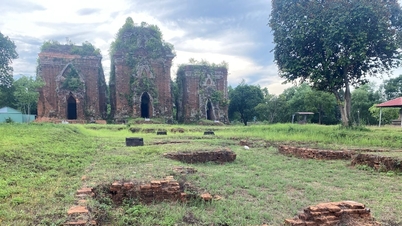

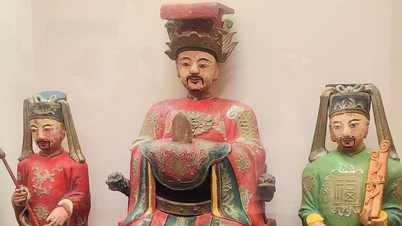






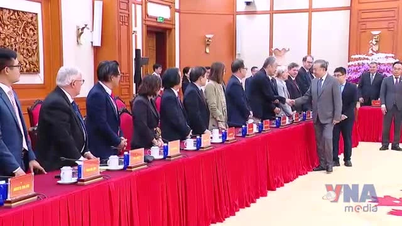




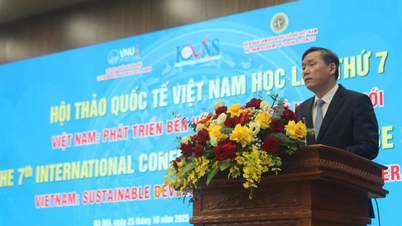













![[Photo] Prime Minister Pham Minh Chinh attends the opening of the 47th ASEAN Summit](https://vphoto.vietnam.vn/thumb/1200x675/vietnam/resource/IMAGE/2025/10/26/1761452925332_c2a-jpg.webp)
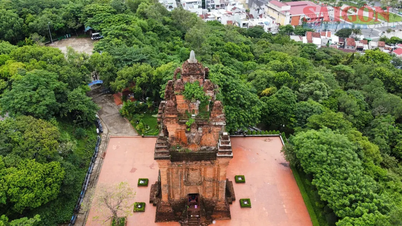











































































Comment (0)